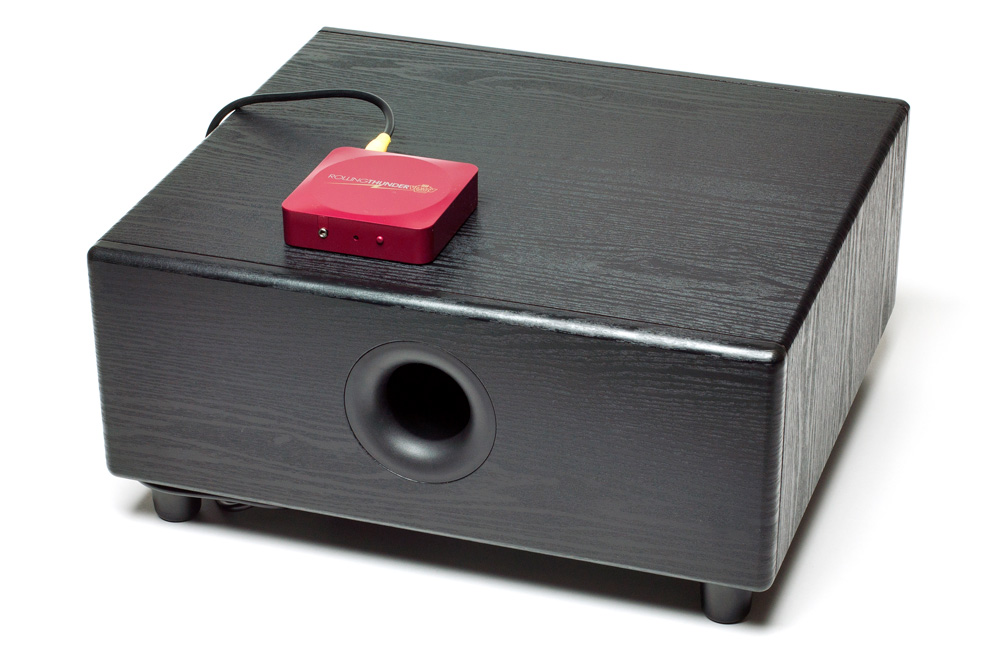
Q: I’m considering converting my N scale diesel fleet to DCC. I have a concern about getting realistic sound in N scale locomotives. On videos of model railroads I have watched, the diesel acceleration and running sound seems to feature the high-pitched whine of the diesel generators. When I railfan real diesels around the Pittsburgh area, I mostly hear the deep-throated rumble of the diesel exhaust. I’m not sure I want to upgrade to sound when the available sound systems are to me not a realistic depiction of what I love about diesels. Is there any alternative to standard sound decoders that feature a low-pitched rumble? — Jim Werling
A: Hi, Jim. I’m afraid you’re never going to hear realistic sound in N scale locomotives, and the reason is acoustics. The volume of a sound depends on how much air is moved by the vibrations of the speaker. In a sound-equipped N scale locomotive, the speakers tend to average about ½” to ¾” in diameter. That’s fine for high-frequency sounds, like a diesel-electric locomotive’s generator whine, because that tiny speaker is vibrating thousands of times a second, which adds up to moving a respectable amount of air. But when you’re talking about the low-frequency rumble of a diesel exhaust, that speaker is vibrating only a few dozen times a second. The sound is being produced by the speaker, but compared to the other frequencies also being produced, it’s just too quiet to hear. The smaller the speaker, the worse it is at playing lower frequency sounds.
So what’s the solution? Get a bigger speaker. I know of a few ways to do this.
Model train manufacturer Broadway Limited Imports offers a system called Rolling Thunder. It consists of a large-diameter subwoofer in an enclosure, a receiver that mounts in a central location under the layout, and a transmitter chip that’s included in the company’s Paragon3 and Paragon4 DCC decoders. You can watch a video demo of the Rolling Thunder system on YouTube and read our review of the system in the March 2016 MR. How impressive that video sounds to you depends on how big the speakers are in the computer you play it on, but I have tested Rolling Thunder-equipped BLI locomotives in person in the MR workshop, and trust me, the low frequencies are impressive. (Just ask the people who work in the offices downstairs from the workshop.) The drawback is that Rolling Thunder is a proprietary system. It only works with BLI Paragon3 and Paragon4-equipped locomotives, and I’m afraid that BLI doesn’t sell its decoders (or Rolling Thunder transmitter chips) separately. It also only works with one locomotive at a time, whichever is closest to the receiver.
If your layout runs on a Digitrax DCC system with LocoNet, there’s a more versatile option available, though it is a bit less plug-and-play. SoundTraxx makes a system called SurroundTraxx DSP-80. This digital amplifier plugs into the layout’s control station and echoes your DCC sound-equipped locomotives’ sound effects through up to six speakers (or five and a subwoofer) that you set up under the layout. The coolest thing about SurroundTraxx is that the system uses decoder transponding to detect where on your layout the locomotives are and shifts the sounds from speaker to speaker to follow it as it moves. This system only works on a LocoNet-equipped DCC base station and requires locomotives with DCC decoders that support transponding. The system also doesn’t come with speakers, requiring you to buy, configure, and install them yourself. But if realistic sound in N scale locomotives is your goal, you might decide the price is worth it.
The final way to do this is a completely homebrewed solution. Install a traditional stereo amplifier and speaker system under your layout, then hook up a sound-only decoder to the layout’s DCC bus and wire its outputs into the amp’s auxiliary inputs. Program the decoder to the same address as a locomotive (basic consisting, basically) and let it play the locomotive’s sounds through the speakers. The biggest limitation of this approach is that it would only work with one locomotive at a time, whichever one is consisted with the amplified decoder.
Send us your questions
Have a question about modeling, operation, or prototype railroads? Send it to us at AskTrains@Trains.com. Be sure to put “Ask MR” in the subject.






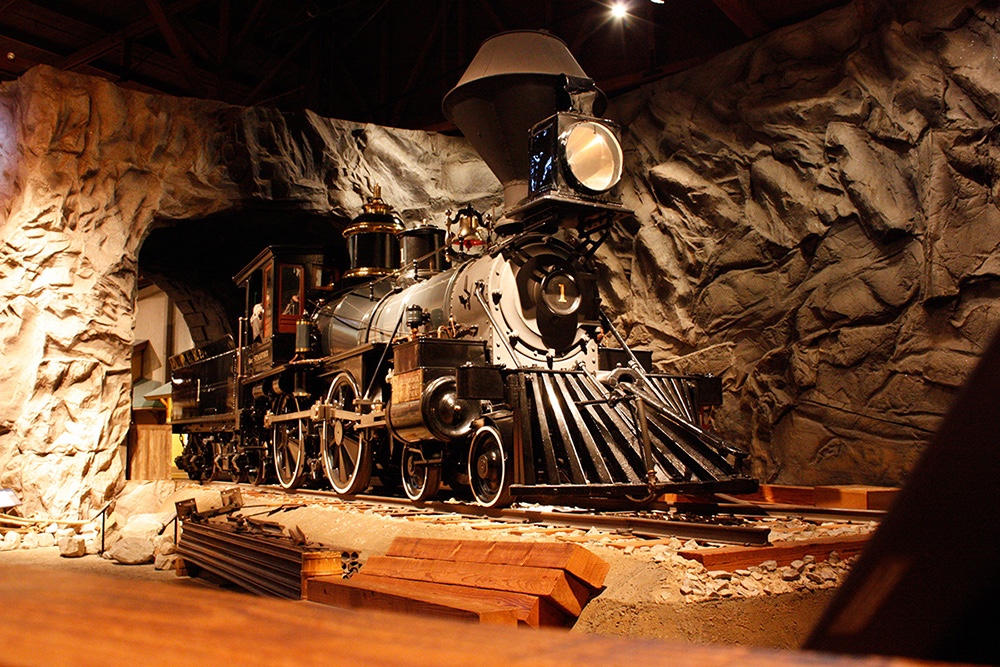
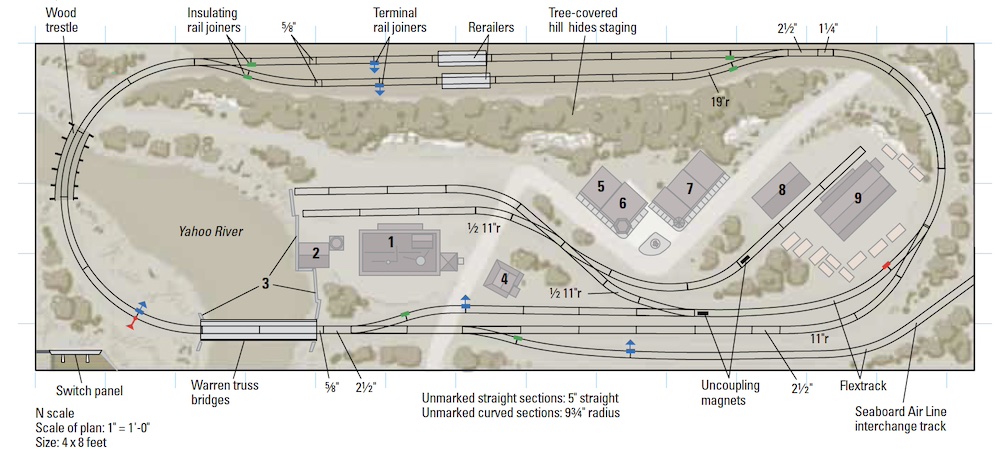
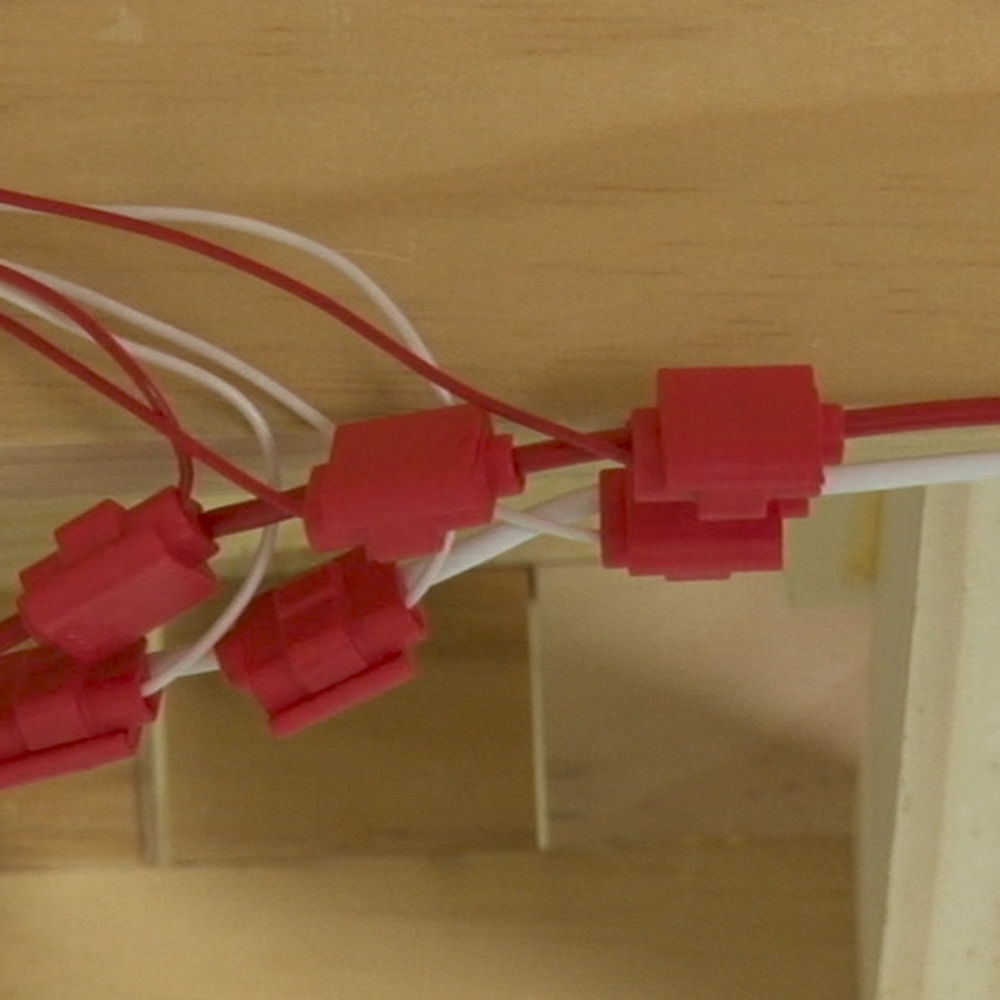
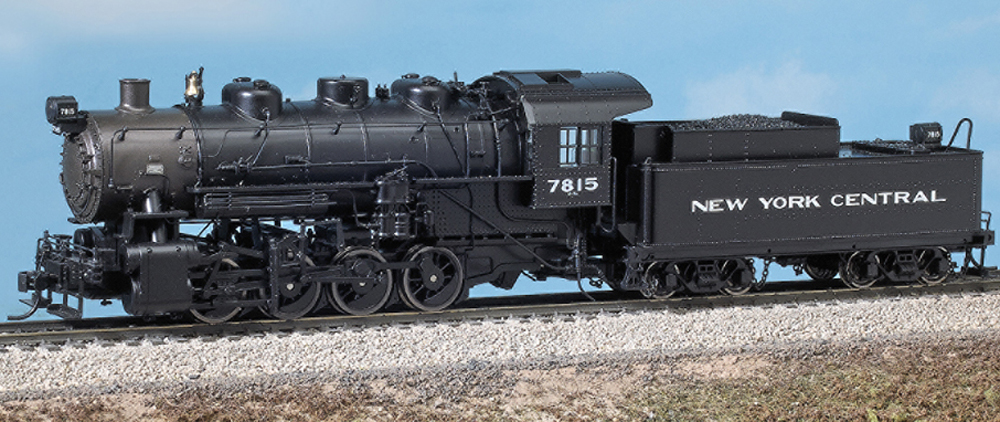




Growing up the only sound I had was my Lionel Postwar whistle tenders. I have seen many of the newer locomotives at shows with their sound systems but they all seem a bit silly. For me, I have many old train LP’s that I transferred digitally. I just play those on a nice sound system under my layout. While the chug doesn’t match it still makes me happier than the tiny toy train sounds you get.